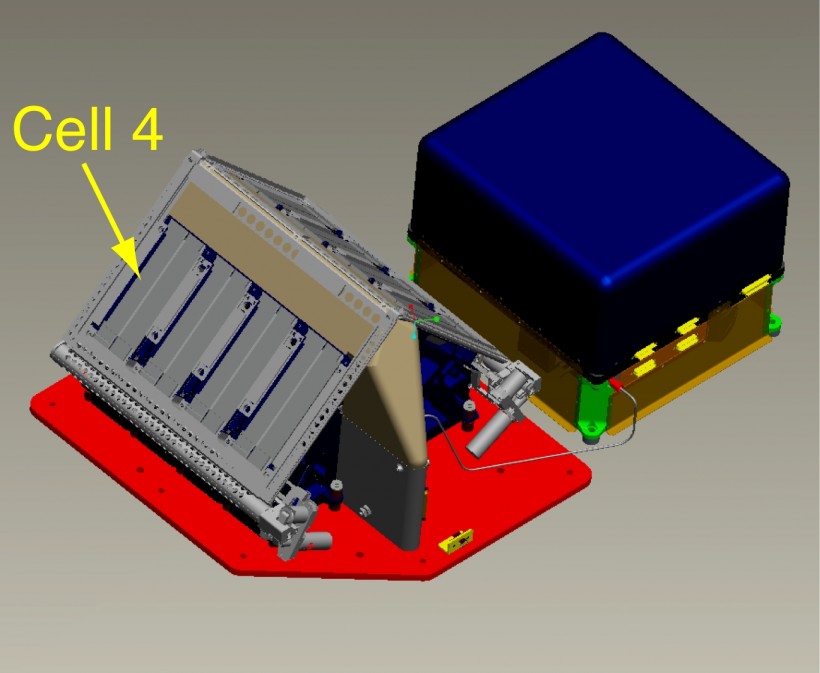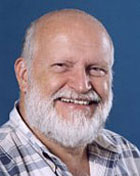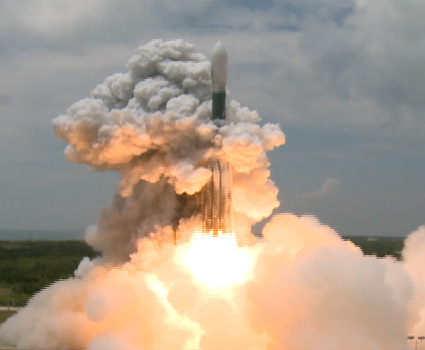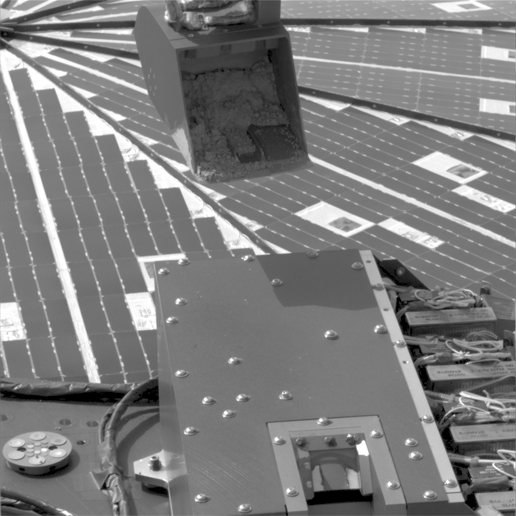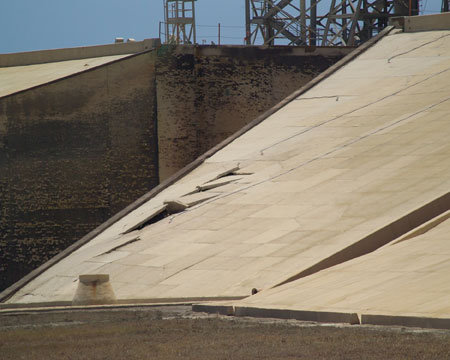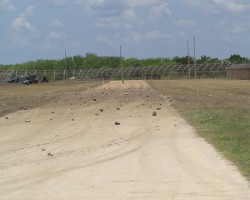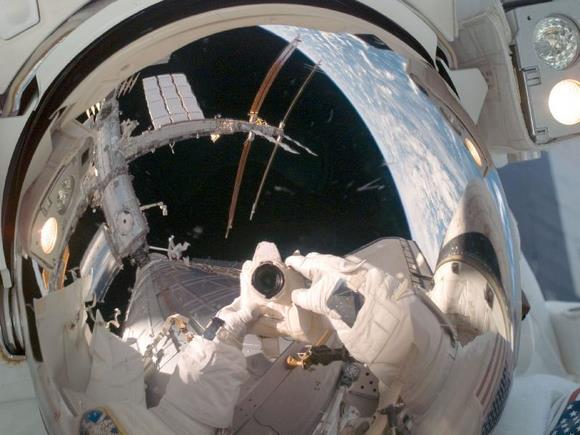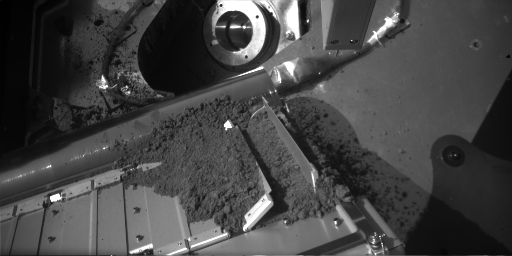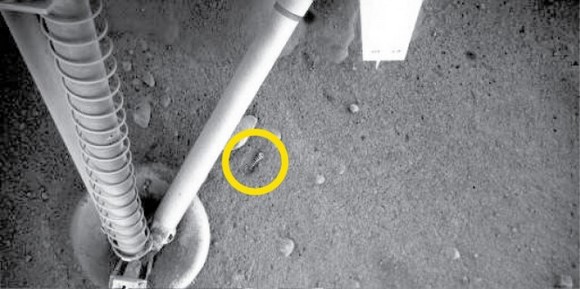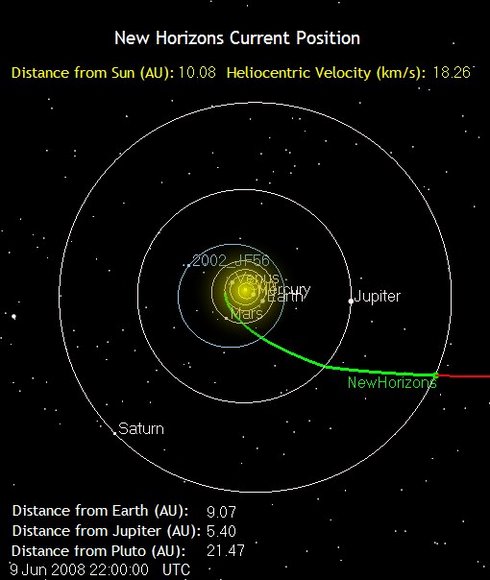When Bill Boynton announced at a Phoenix lander team meeting earlier today that the troublesome, clumpy Martian soil now sits, finally, within the TEGA “oven” on Phoenix, the room erupted with cheers and a standing ovation. Boynton then launched a rendition of “Shake, Shake, Shake” he had cued-up on his laptop, and started dancing. If that mental image doesn’t make it clear, getting the soil into TEGA is big, and the entire Phoenix team is excited about the accomplishment. Boynton, who leads the investigations with the Thermal and Evolved Gas Analyzer instrument, and his team have been trying various methods for several days to get the stubborn soil through a screen and into TEGA. The instrument will heat the soil and analyze the gases released to check for water vapor and other chemicals in the soil.
Commands to vibrate the screen were sent to Phoenix for three separate days. Boynton said that the oven might have filled because of the cumulative effects of all the vibrating, or because of changes in the soil’s cohesiveness as it sat for days on the top of the screen.
“There’s something very unusual about this soil, from a place on Mars we’ve never been before,” said Phoenix Principal Investigator Peter Smith. “We’re interested in learning what sort of chemical and mineral activity has caused the particles to clump and stick together.”
Between the shaking and the other new technique developed with the robotic arm called “sprinkling,” Smith hopes they won’t encounter future problems with getting the soil where they want it to go. “Delivering the soil is something we’re getting better at everyday,” he added.
Tomorrow, Thursday June 12, commands will be sent for the TEGA to heat the soil. Initial results may be available on Friday.
“We’ll do a low temperature bake that will tell us how much ice is in the soil,” said Boynton. ” We really don’t expect there to be much ice in the soil since it has been sitting out in the sun and vibrated through the screen. It does look like the soil has changed.”
TEGA has eight ovens to “bake” soil samples. Once an oven is used, it can’t be emptied and used again, so Phoenix has just eight chances to analyze the soil.
While there’s been some debate about the characteristics of Martian arctic soil, Smith said most researchers on the Phoenix team believe it’s a matter of when and not if Phoenix will definitely prove there is water ice region the lander sits on. “There are very few people who don’t believe there’s ice under the soil,” he said. “There also could be a crusty layer of salt on top because of evaporation.”
“We all have a lot of confidence we’ll get down to the ice,” Boynton added. “We may have exposed some in the act of landing. The MECA instrument will help the debate on salt. In a week or two we hope to get enough data to address these speculations.”
MECA is the Microscopy, Electrochemistry, and Conductivity Analyzer, which contains four single wet chemistry labs that will dissolve small amounts of soil in water, to determine the pH and what minerals are in the soil. Those tests will be done later in the mission.
Plans for today’s activities for Phoenix include sprinkling Martian soil on the delivery port for the spacecraft’s Optical Microscope and taking additional photos for a high-resolution color panorama of the lander’s surroundings.
Original News Sources: Phoenix press conference, Phoenix press release

